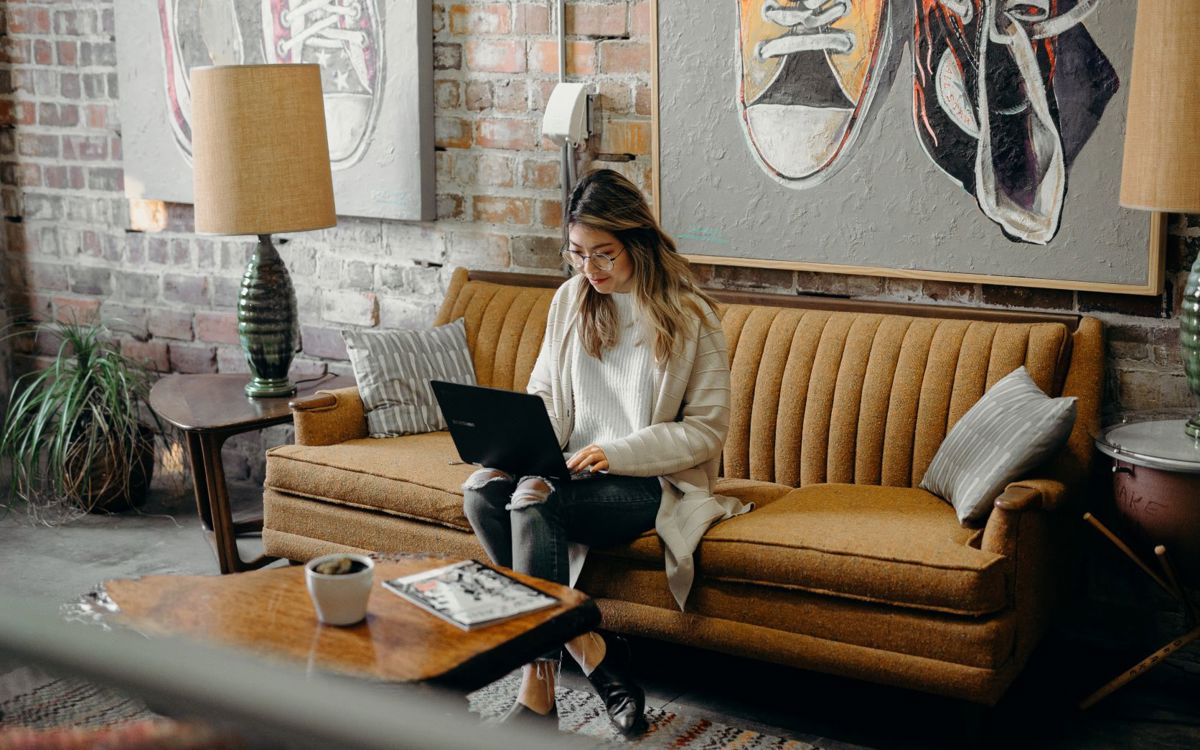
Let's look at some of the other changes we made to redefine our homes for this new chapter of twenty-first living.
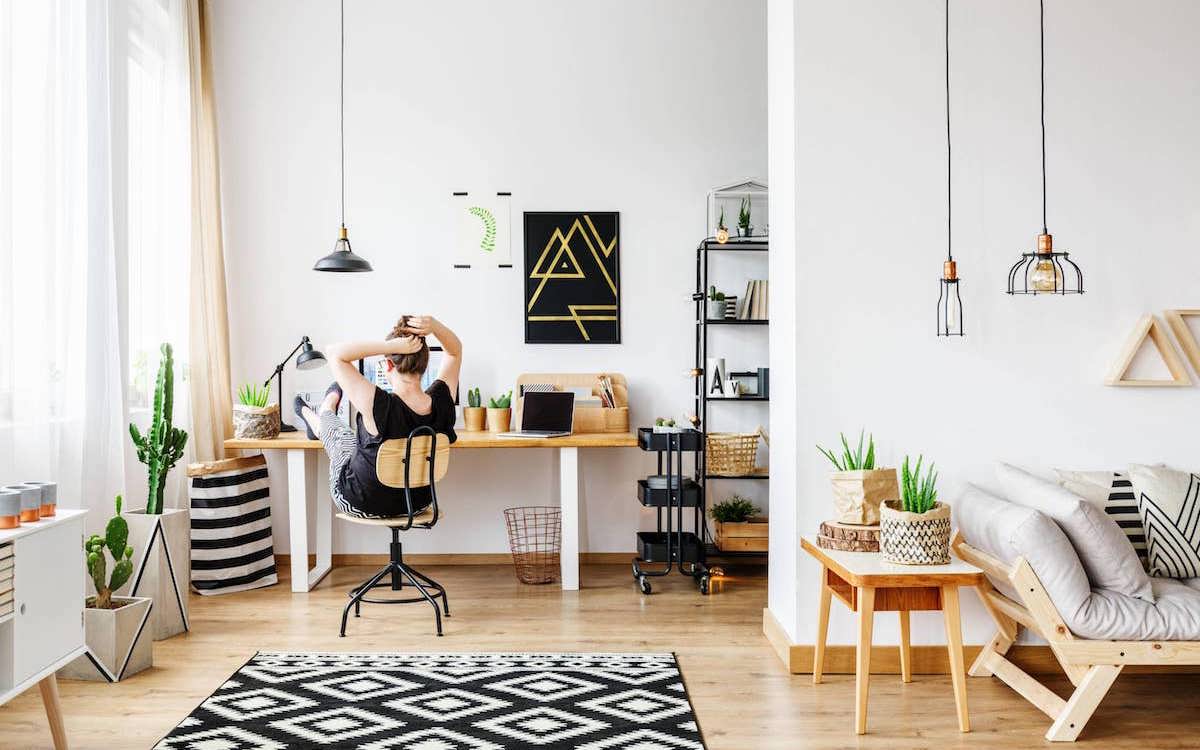
"After several months of change, our homes are working harder than ever before, having become offices, gyms, schools, restaurants and more. Nothing so groundbreaking has shaken our use of the home since the rise of open plan living, which began in the seventies. Although sparked by urgent needs in the midst of the pandemic, this new perspective on a modular approach to living within our own four walls, is here to stay."
Creating new spaces: Are we done with open plan living?
For many years now, modern life has been so busy that it feels as if people spend more time away from the home than within its walls. In this scenario, open-plan living provided welcome moments of togetherness for families and friends in otherwise hectic schedules. Lockdown changed everything. There was immediate pressure to adapt open plan designs to maximise space for work, exercise, home-schooling, play and dining. Modifying spaces in this way brought a change in mindset, with people reflecting on the full potential of their homes to serve multiple functions. Many are now committed to investing in this new approach to home life, with one in five planning on spending between £1000 - £3000 on their homes*.
Modular room design replaces open-plan
Making the most out of every corner and crevice often involves setting up multi-functional “zones” within larger spaces. These can be quickly rearranged throughout the day, to meet the different needs of the household; a spare room is used as a gym every morning, before transitioning into an office space; a play zone is set up in the living room, then tidied away every evening for the grown-ups to relax. As a result of spending so much time with others, the quest for privacy is reaching new heights. John Lewis research found that one in five of us have created spaces in the home to be alone. This could be as simple as a cosy chair in a hallway, a more comfortable cushion for a window seat or the addition of some candles and houseplants in the bathroom for “me time”. 1 in 5 have re-configured an open plan space to allow for multiple activities throughout the day.
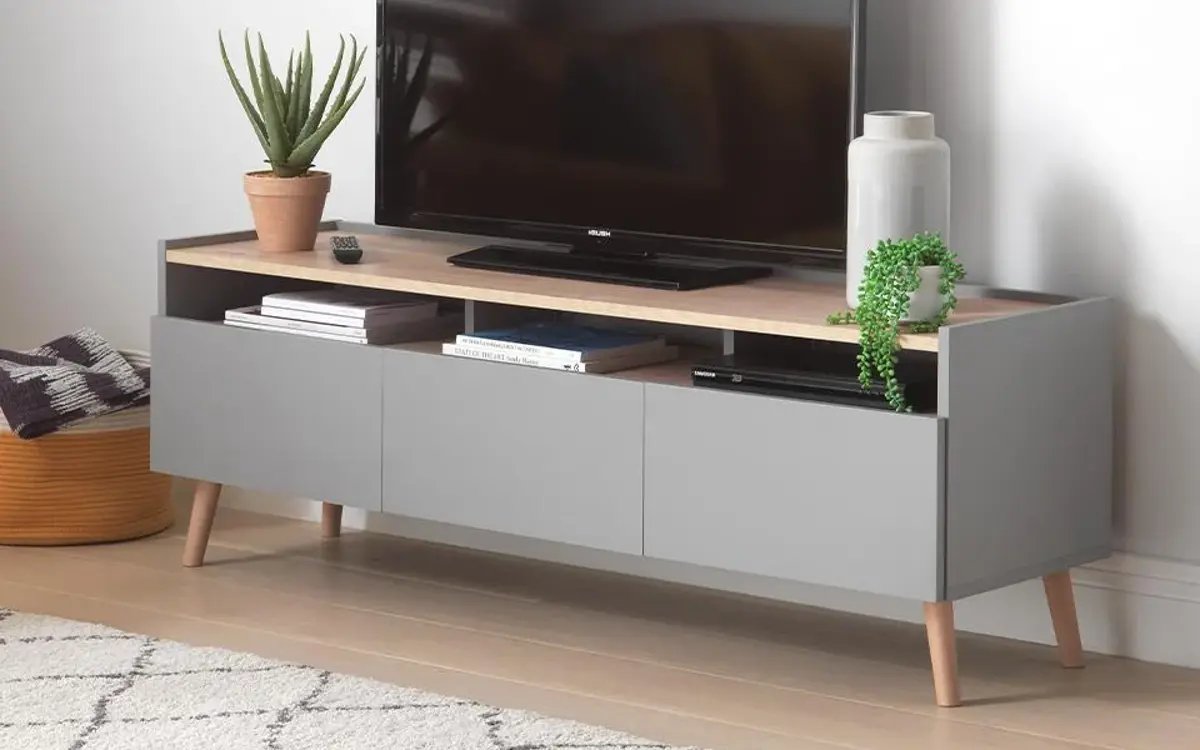
Living room
The majority of John Lewis virtual home styling consultations (60%) have focused on this space, helping customers to introduce smaller zones and flexible storage options that make the room work harder.
Sideboards have become the rising star of the living room, working as a TV stand and, now that many customers have ditched videos and DVDs, the storage space can hide away work, school or gym items.
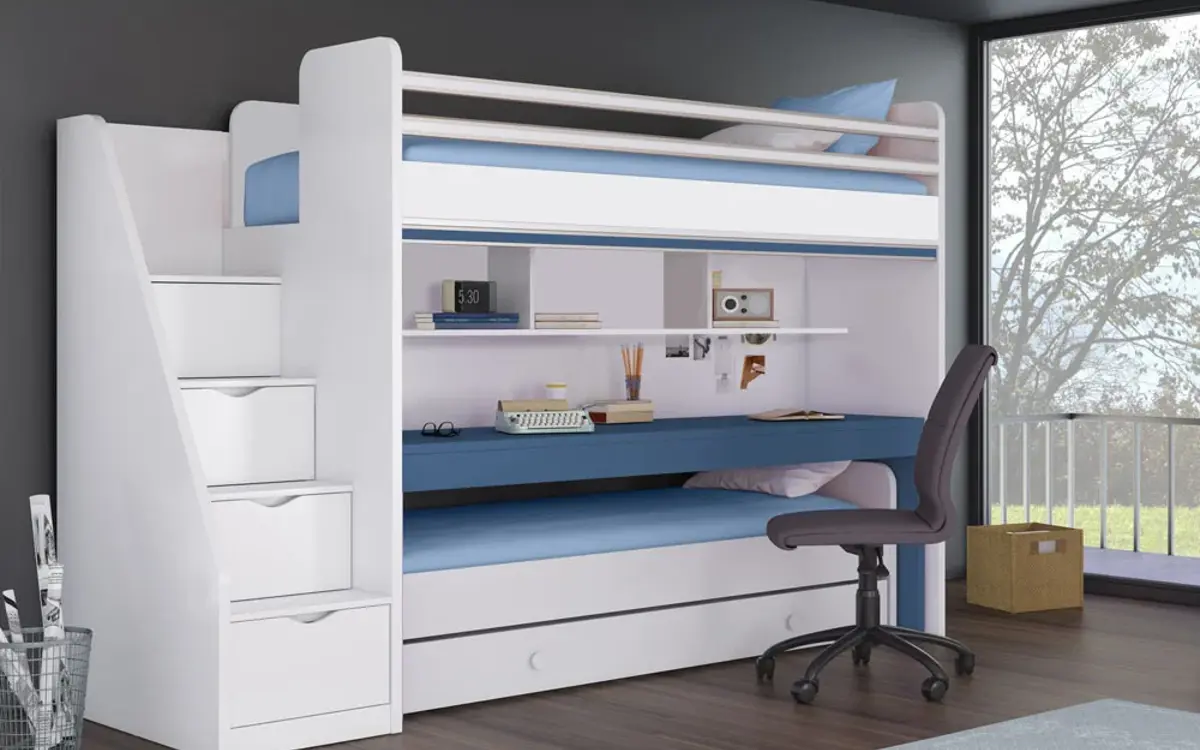
Futons and sofa beds free up floor space without ousting visitors (if/when we can have them!) as the room evolves into a multipurpose home office, gym or playroom, as well as a place to sleep.
Kids' bedrooms
Parents go for the retro favourite beloved by kids, bunk beds, to make way for desks and play zones. Or mid-sleepers, with desks and seating areas underneath. Options with desks, chairs and storage give little ones additional space to relax and play.
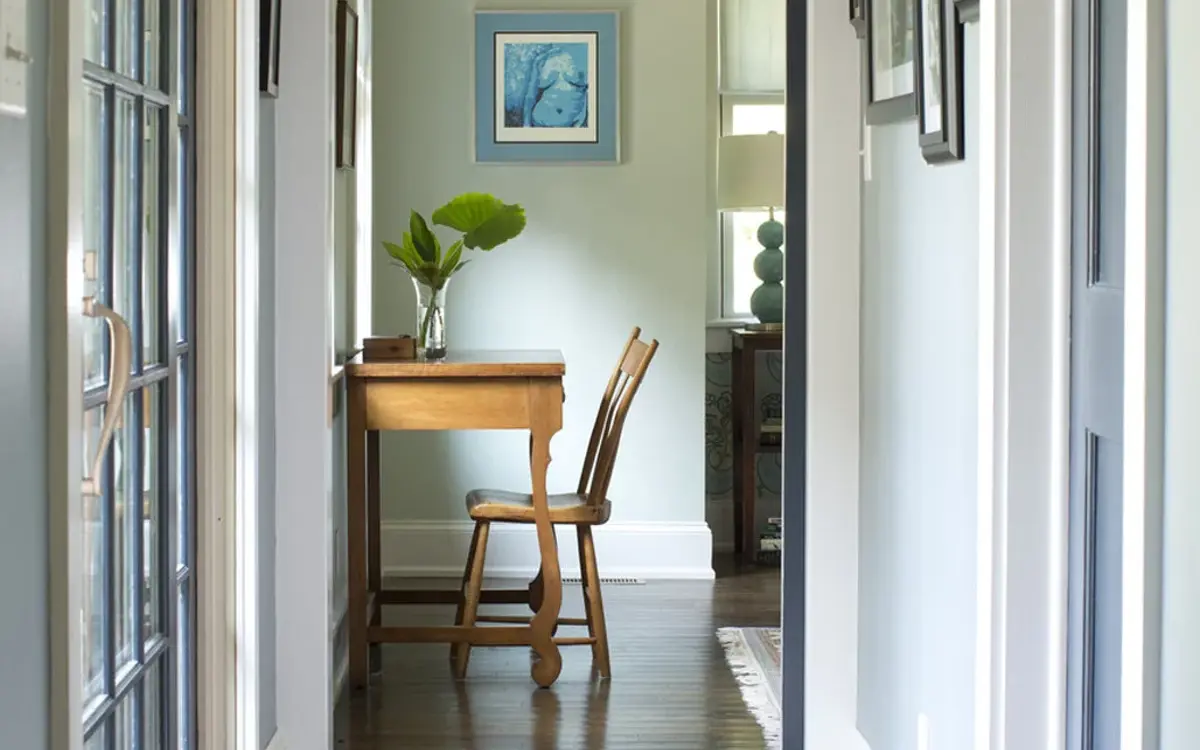
People are now getting more from their hallways, adding stylish small armchairs, coffee tables and free-standing lamps, or making the most of storage with additional drawers and shelving. Investments in cordless vacuums and compact cleaning equipment are rising as storage space reaches a premium.
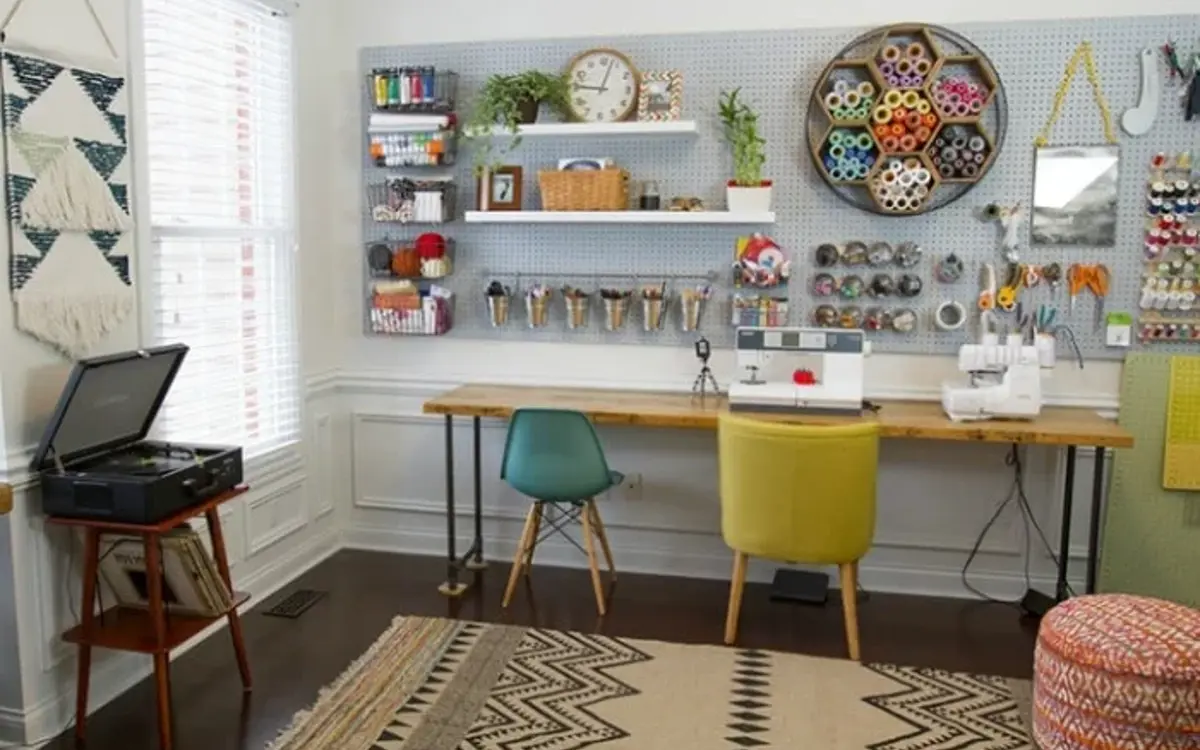
Making space for hobbies
The nation’s obsession with baking and puzzles continues, while breadmakers sales have also risen (no pun intended). And Britain seems to have caught the sewing bee bug with unprecedented sales of sewing machines. Far from being a sign of boredom, the nation’s creative flair is important for mental health and self-care. Over 75% of those who picked up a hobby during lockdown said they are going to continue with it and 22% of them are looking to make a more permanent place to practice it at home.
And of course, the home office
The sudden shock of Lockdown led to a scramble to find a space to work. Coffee tables and even ironing boards became desks. Nearly half of the nation say they will continue working from home at least a few days a week, sparking the rise of the “flexi-office”, the statement study wall and the “Insta-desk”. A flexible approach to where we work can be challenging in open plan living environments, with distractions from other household members and noisy household appliances. Where there was no option but to work in these communal zones, noise-cancelling headphones came to the rescue with sales increasing 30%. For those who miss the buzz of the office, there are “office noise” videos on YouTube with thousands of views!
Zooming in on statement walls
Cushions, plants, laptop stands and ring lights were the first things we reached for to spruce up our homes ready for video calls. 32% of those asked have been saving since lockdown so they can renovate and invest in their homes. This has undoubtedly sparked inspiration in many as johnlewis.com had 33% more searches for wallpaper and paint since the start of lockdown in comparison to the same time last year. More significant cosmetic upgrades are now on the priority list for customers, including additional shelving, strategically-placed bookcases and statement wallpaper.
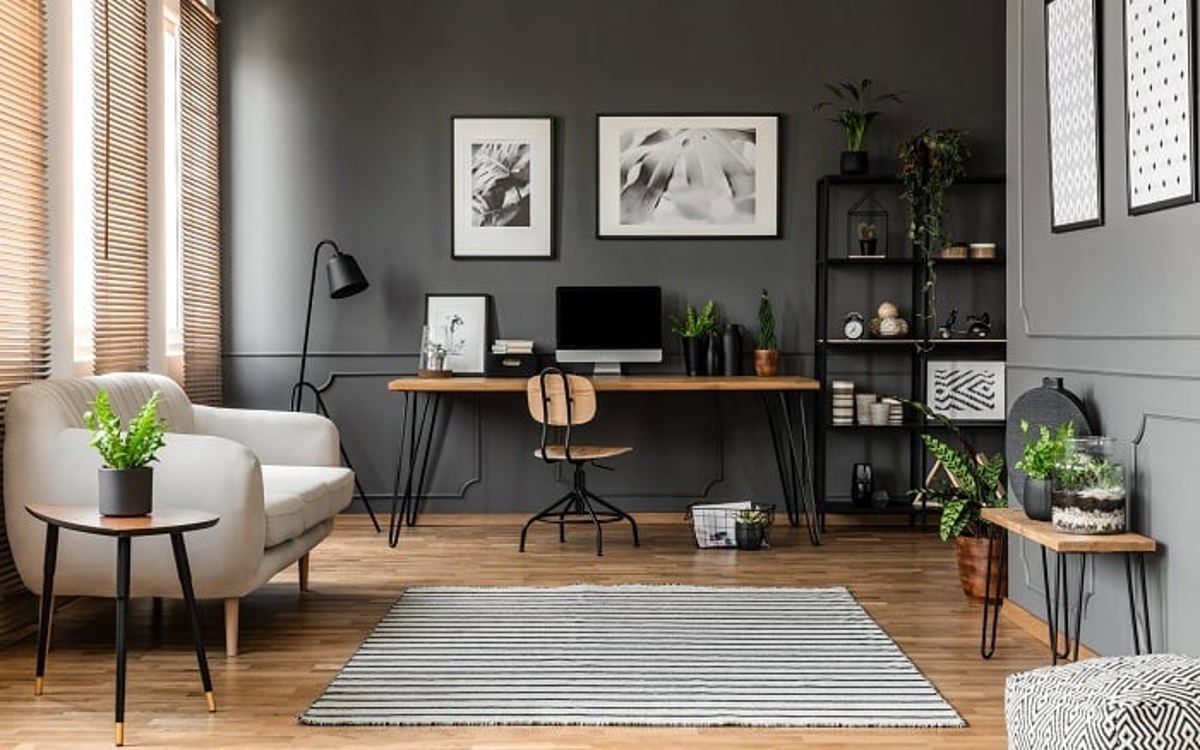
#WFH has racked up over 2.2m posts on Instagram alone. With our home working environments on display, stylish bureaus and small writing desks displaying objects d’art now take pride of place in the home, worthy of an Instagram shoot. For those with the luxury of space, a second, more functional deskspace hides away in a spare room.
Listening to each other and figuring out what everyone needs will be key to making sure our homes remain harmonious and also ensuring that everyone gets a say in what goes on within the Flexible Home.
UPDATED February 2023
*Survey of 1000 conducted by OnePoll 07/20 for John Lewis & Partners